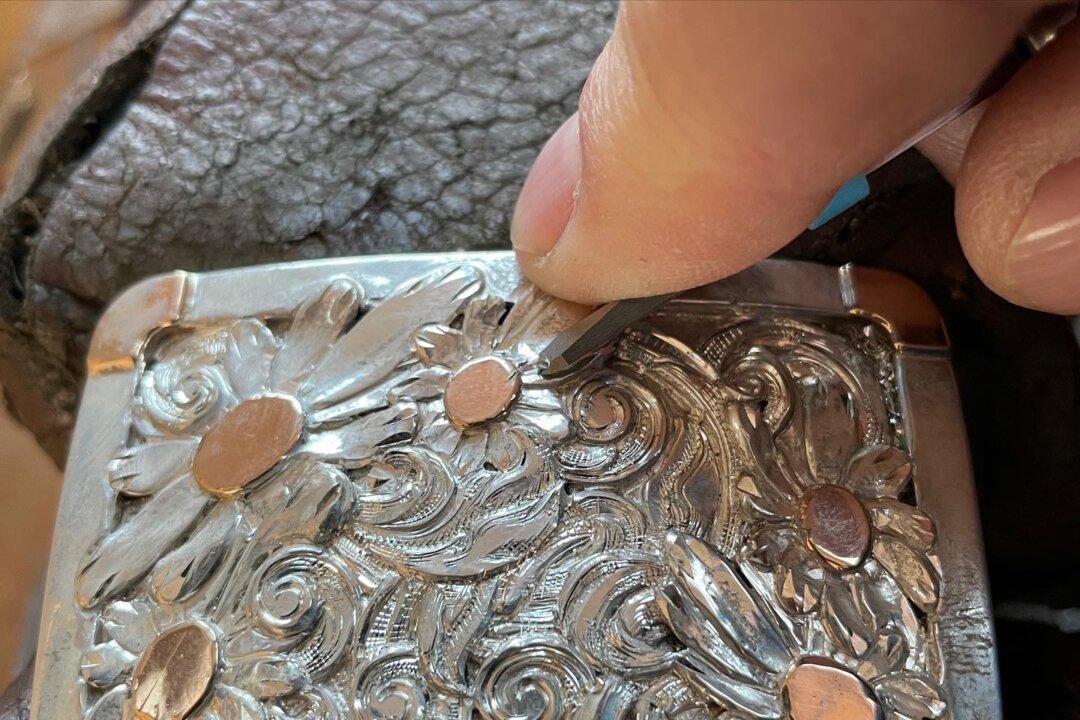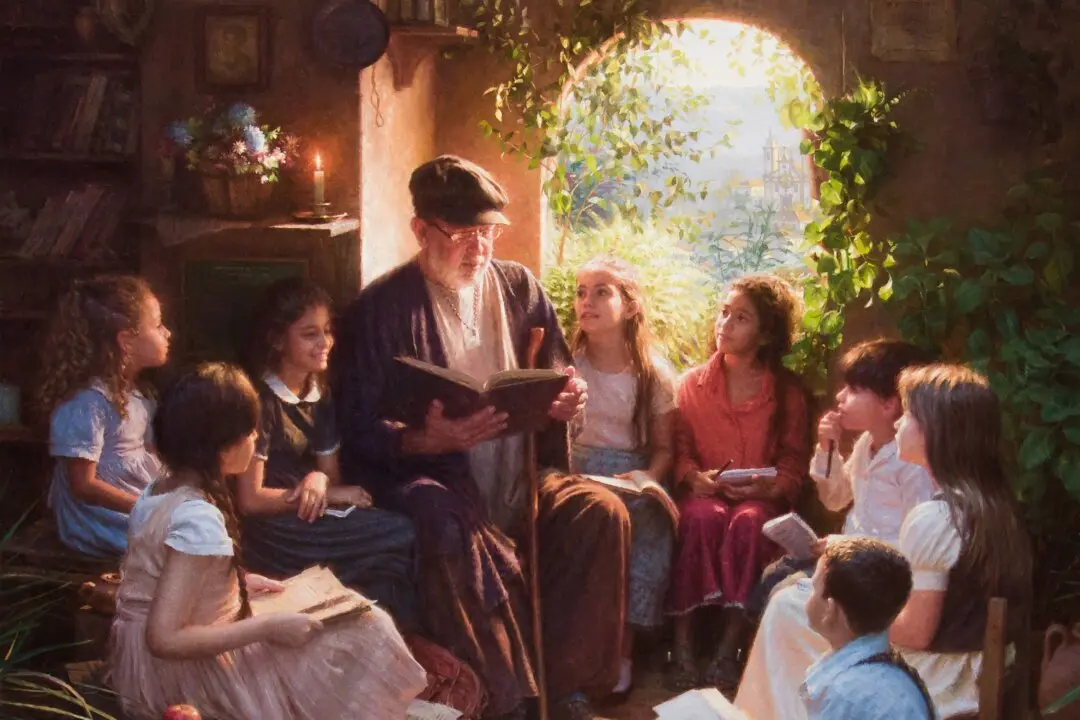Canadian silversmith and cowboy Scott Hardy wants the world to see the beauty and elegance of Western craftsmanship. He feels blessed to honor his culture in this way.
Hardy’s maternal grandparents raised him in Saskatchewan, after his parents divorced when he was 3 years old. He’s the fifth generation in his family of ranchers and homesteaders.






